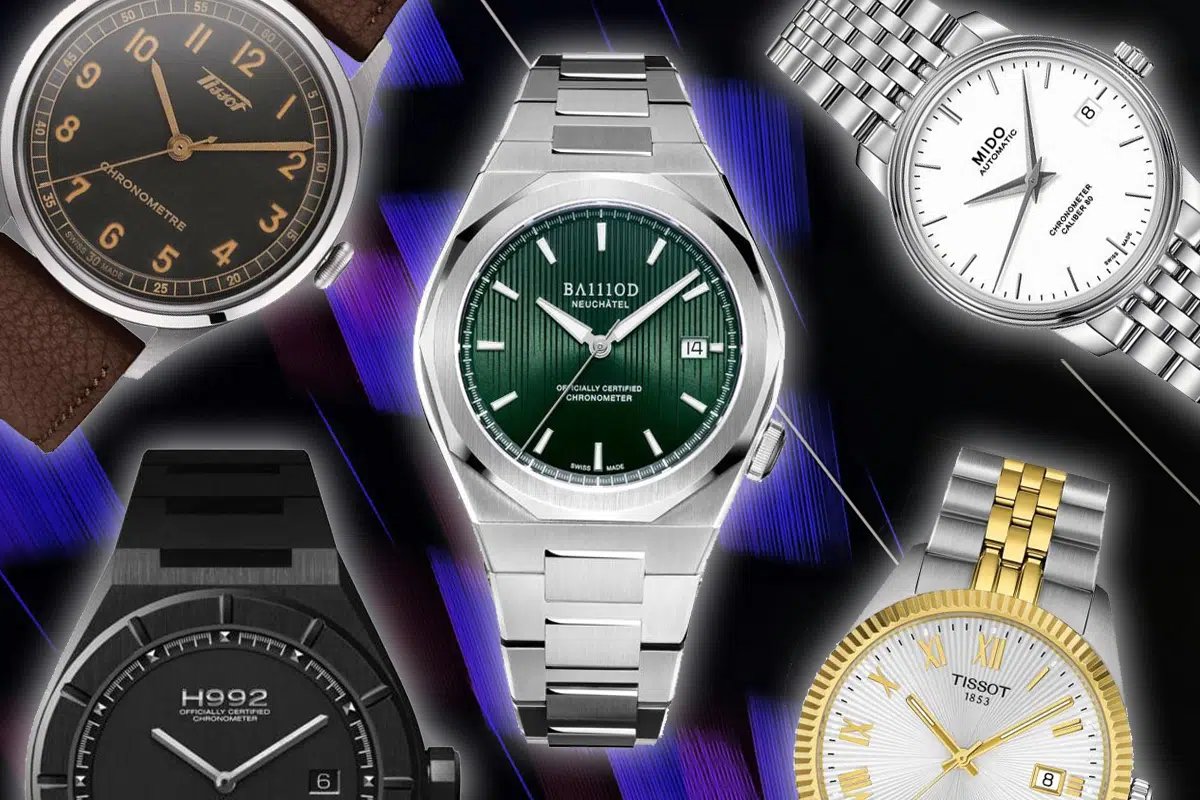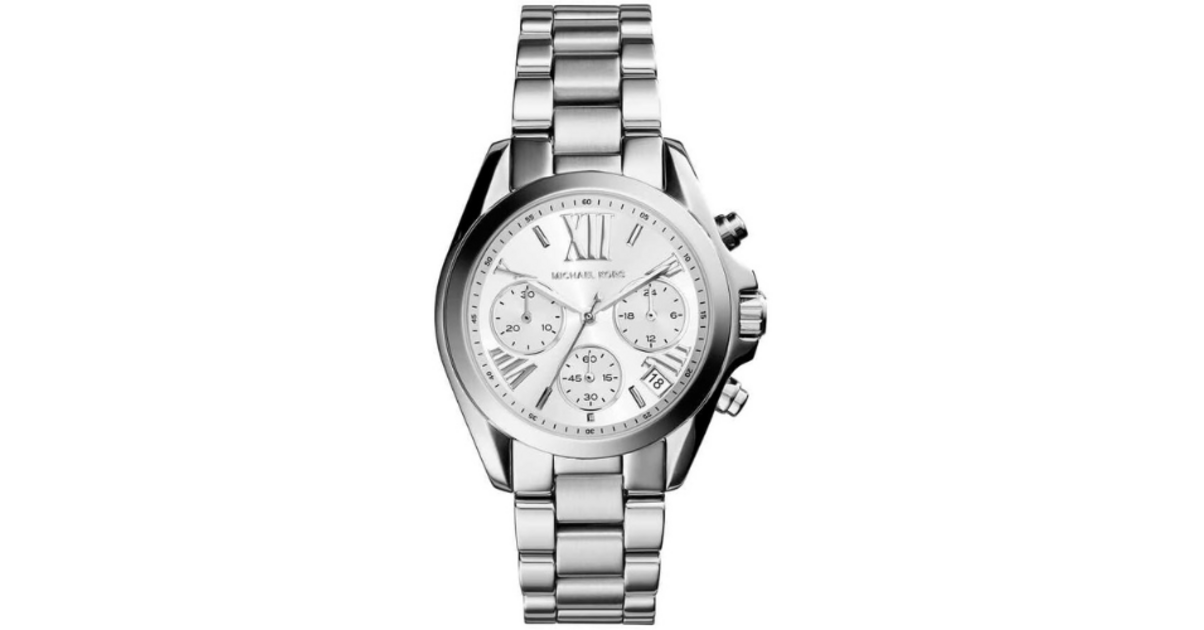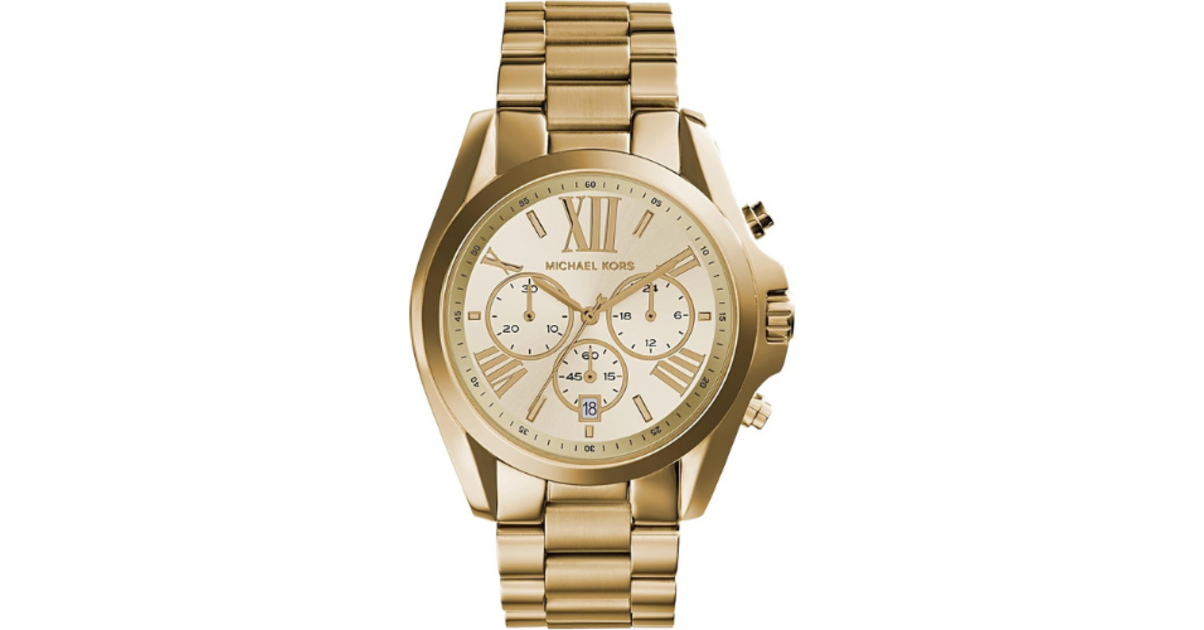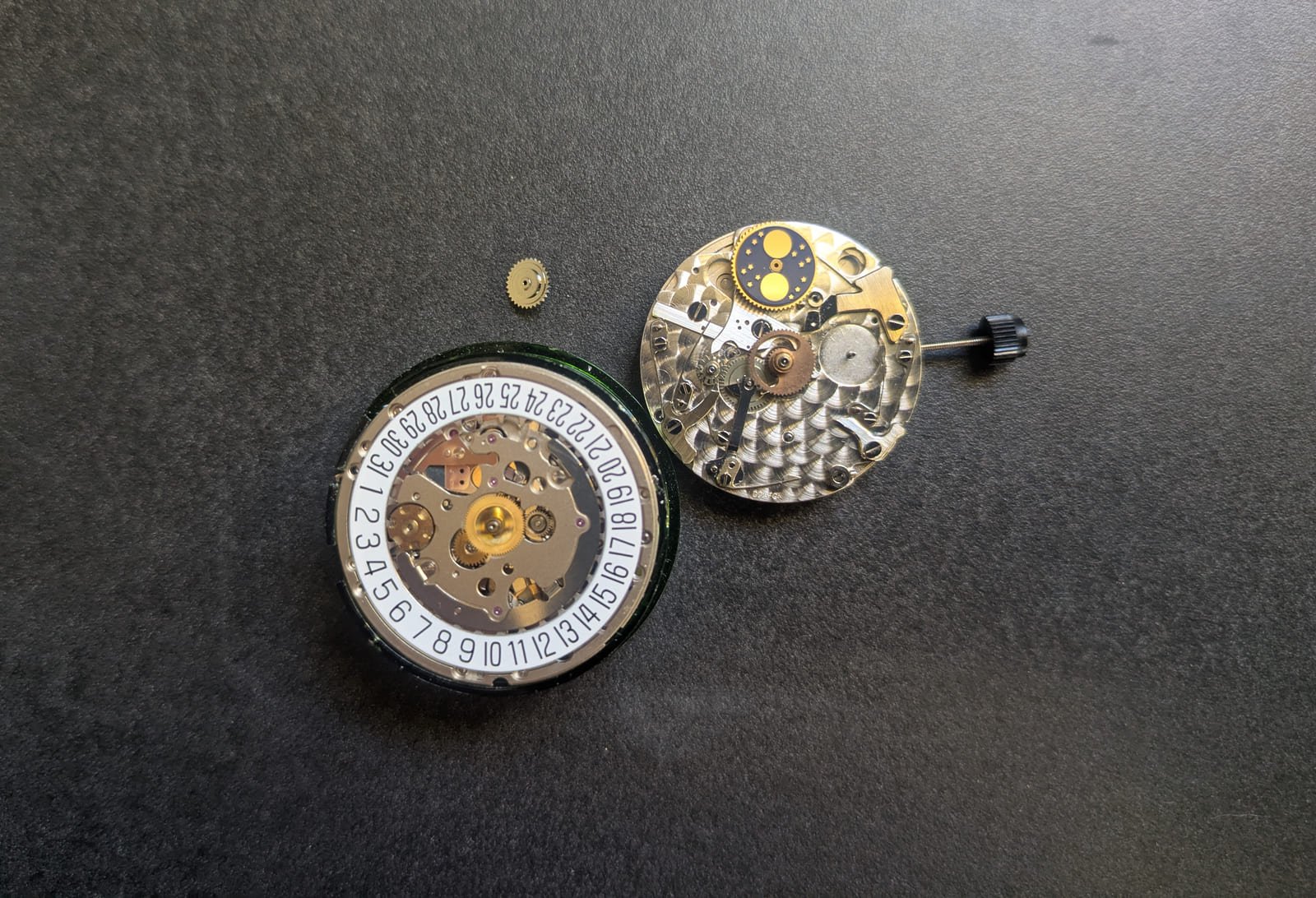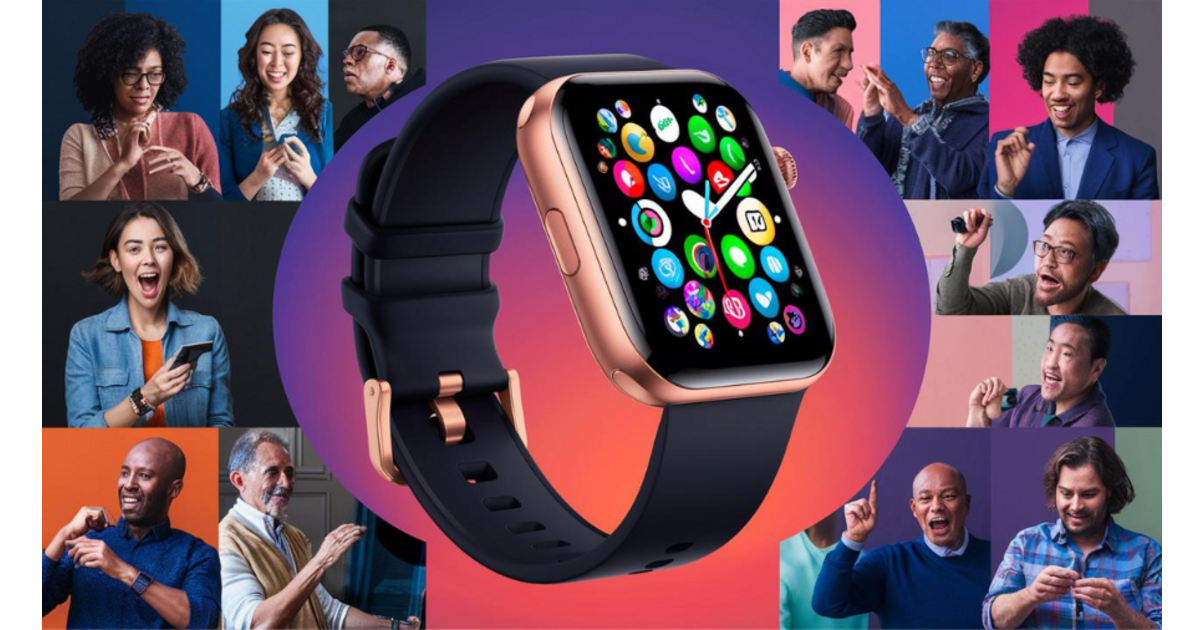Table of Contents
Why wood ticks the environmental boxes
The wood comes neither from a blast furnace nor from petrochemical cracking. It grows, stores carbon, and then keeps that carbon as long as the product lives. Simple. Effective.
Bamboo — which we sometimes see in a case/bracelet or box — reaches maturity in a few years. 3 to 5, depending on the species. Partial harvest possible each year without razing the massif. In short, quick resource when management is serious.
Concrete result on the wrist: warm material, zero “thermal shock” in winter, weight often lower than that of an equivalent steel case. Less embodied energy in manufacturing, too. Nuance: treatments (varnishes, glues) and transport count in the balance sheet – obvious.
Continuous port on 7 daysof October 12 to 18, 2025between Toulouse And Auterive (31) : perceived thermal comfort better at 17–19°C in the morning; weight measured at 43 g (wooden case + bracelet) on kitchen scale.
FSC, PEFC, CITES certifications: the verifiable promise
Without proof, “responsible watch” remains a nice phrase. We therefore lock three points.
- FSC (Forest Stewardship Council) : demand it chain of custody (CoC), the license codeand the type of claim (FSC 100%, FSC Mix, FSC Recycled).
- PEFC: similar traceability logic; labels PEFC Certified And PEFC Recycled depending on the share of recycled material.
- CITES : obligatory for listed species (rosewood, mahogany, etc.). Export/use = permit and traceability. No doc? We pass.
Field tip: always ask the species (scientific name) , the country of origin and the FSC/PEFC license number of the brand or its manufacturer. If the response is slow or unclear: alert.
Documentary checks carried out on October 27, 2025 on the official FSC/PEFC pages and the CITES annexes to cross-reference definitions and obligations.
Life cycle and movement: from cutting to end of life
Forest and harvesting
The ecological gain exists if the forest is sustainably managedand whether traceability follows all the way to the box. For bamboo, a harvest partial annual (a sixth to a third) maintains the vigor of the massif — we cut, it grows back. Quickly.
Production
Transforming wood into casings and links requires less embodied energy than producing stainless steel or polymerizing plastics. The wood stores naturally carbon; steel and plastic emitduring manufacturing. Obvious ? Yes. And decisive.
Use
In everyday life, the key difference isn’t just texture. This is the movement . An automatic works without a battery. A quartz, no. And this repeated micro-waste weighs heavily over 10 years. Frankly, we underestimate them.
End of life
Wood not saturated with films may biodegrade or leave in re-use (bracelets, boxes, parts). Stainless steel recycles very well . Plastic? Recycling remains the exception, not the rule. We’re not going to lie to each other.
Automatic vs Quartz: the battery that weighs
Automatic : no batteries, no waste disposal. More spaced out revisions (normal use). Quartz : stable performance but button batteries to replace and collect in a dedicated sector (reinforced European obligation). If you value quartz, take responsibility for collecting it. Otherwise…go automatic.
Internal protocol updated on October 27, 2025: labeling control (species, origin, license), water drop test 0.1ml on oiled vs. varnished scraps (complete drying in 18 mins vs. 46 mins at 20°C, RH 48%), EU regulatory review on battery collection/recycling.
Wood vs Steel vs Plastic: the useful comparison
We compare to decide, not to debate endlessly. Orders of magnitude, clear. That decides.
| Criteria | Drink | Steel (stainless steel) | Plastic |
|---|---|---|---|
| Manufacturing impact (CO₂e) | Transformation low-energystored biogenic carbon; substitution benefit when it replaces more emitting materials. | Variable footprint depending on sector/scrap; the steel industry remains energy-intensive, even with recycled materials. | Footprint 1.5–5 kg CO₂/kg depending on polymer and process; great dispersion. |
| End of life | Reuse/biodegradability possible (depending on finishes/glues). Panel valuation. | Very well recycled worldwide, mature sectors. | Low recycling globally; many end up in incineration or landfill. |
| Customer visible traceability | FSC/PEFC(Chain of custody, 100%/Mix/Recycled claims). | Correct B2B traceability, difficult to read for the end customer. | Few consumer standards applied to cases/bracelets. |
| Use | Warm material, patina, low weight, comfort for sensitive skin (excluding metal buckles/pins). | Very durable, cool to contact, higher weight. | Light, sound, variable aesthetic aging. |
Style, material, posture: real sensations
- Sensation : organic texture, immediate heat, no thermal shock.
- Noise : wooden links more felt than metal. Pleasant, discreet.
- Sensitive skin : less risk linked to nickel (check the loop).
- Patina : wood lives. Fine stripes, softening color. We like it or… we love it.
- Reparable : replaceable links if the brand lists the parts. Otherwise, it’s a hassle.
Field observations in October 2025: Ariège in the morning 12–14 °C, light rain 30 min (canal du Midi, RH > 90%). No skin hot spots noted. Written down on the same day in a notebook.
Responsible purchasing: checklist and purchasing experience
Immediate checklist
- Label & license : ask FSC Or PEFC + license number . Without a number, no.
- Species & origin : scientific name + country. CITES gasoline? Request proof of compliance.
- Movement : automatic if you want zero batteries. Quartz? Plan for it collection at a dedicated point.
- Finishing: prefer low-film-forming finishes (simpler maintenance and refinishing).
- After-sales service : spare links, axles, buckles, bottom seal listed and available.
- Packaging : mention “recycled/recyclable”, ideally FSC Recycled Or PEFC Recycled.
- Transparency: clear “Materials” page, macro photos, weightAnd water resistanceindicated.
Purchasing experience (concrete)
- Before: write to the seller: “Can you share the FSC/PEFC license codeL’speciesand theoriginwood? Movement automaticOr quartz? What after-sales service partsdo you suggest (links, axes)?”
- During: check actual weight(± 5 g vs plug), wrist circumference, waterproofingfor the intended use.
- After:quartz? drop it off stackat collection point (store/town hall). Automatic ? think revisionevery 5–7 years (normal use). Interview : light oil1–2 times/year if finished with oil.
Summary
- THE certified woodreduces the material footprint and makes traceability visible.
- Avoiduntraceable exotic species; CITESapplies.
- Automatic: no batteries; Quartz: sector of obligatory collection.
- End of life: highly recyclable steel, low plastic; reusable/biodegradable wood depending on finishes.
- Bamboo: rapid resource (3–5 years) if sustainable management.
- Buy evidence(license, species, origin), not vague storytelling.
- Start with templates certified: Top 10 L’Swiss Made Watch.
Reference sources (selection)
- FSC – Forest Stewardship Council (Chain of custody, labels).
- PEFC International (Traceability, Recycled/Certified claims).
- CITES (Appendices I/II/III, permits for listed species).
- Regulation (EU) 2023/1542 (batteries: collection, recycling).
- FAO / wood products (carbon storage and substitution).
- OECD – Plastics (overall recycling rate).
Official links and verifications consulted on October 27, 2025to ensure the verifiability of key assertions.
Location of field observations: Toulouse / Auterive (31), France
Methodology: continuous wear for 7 days, mass measurements (± 0.1 g), local weather reports, documentary control of certifications, water absorption test on drops (oil vs. varnish).

